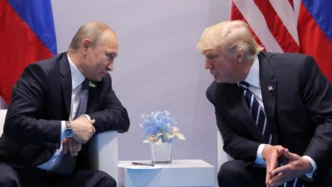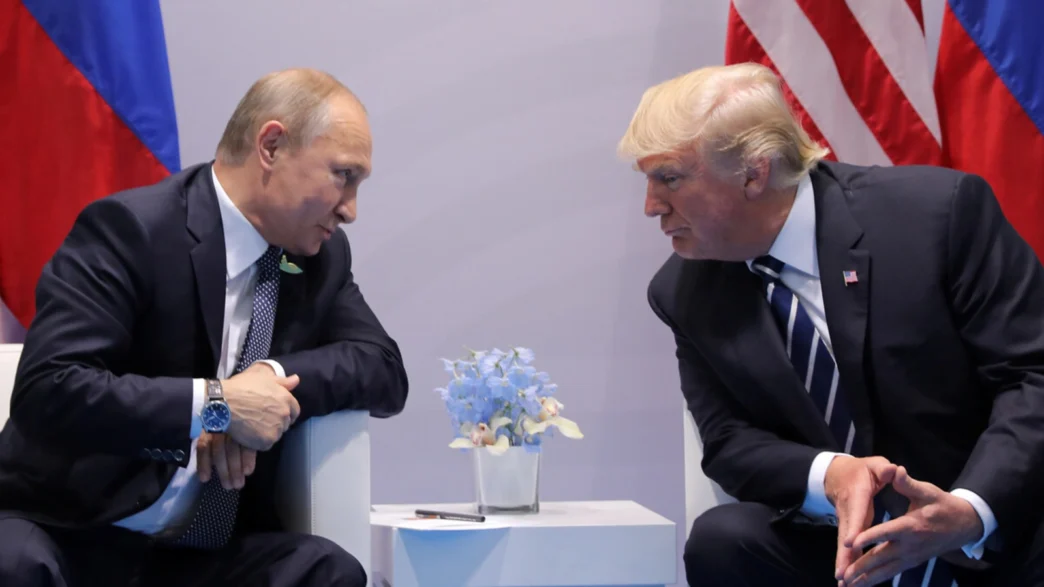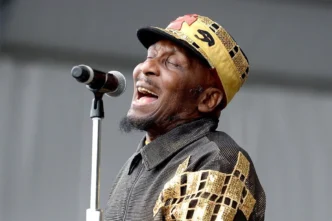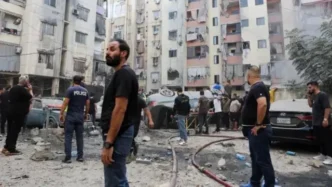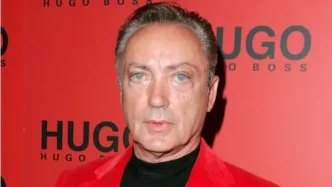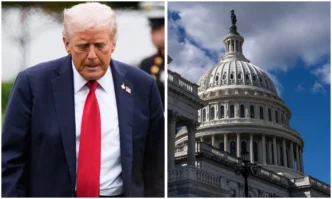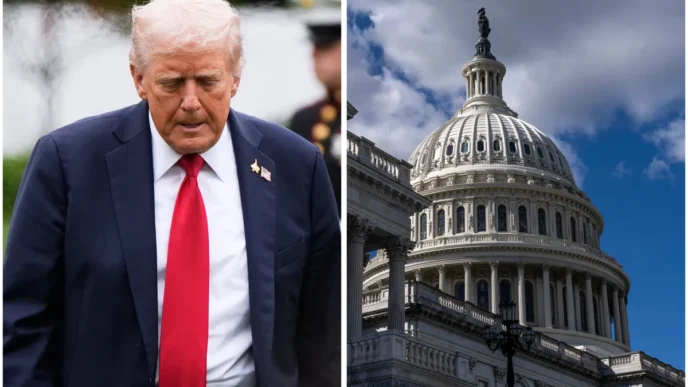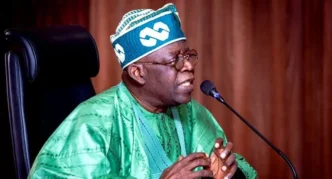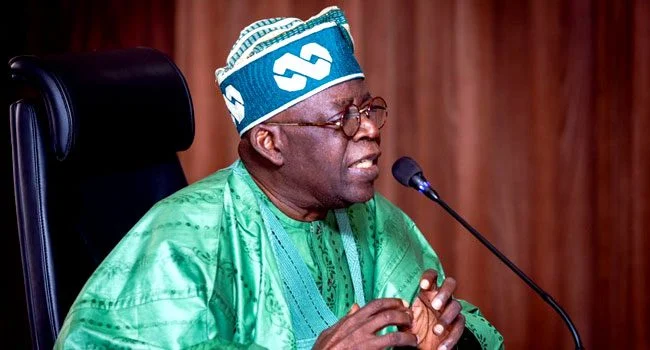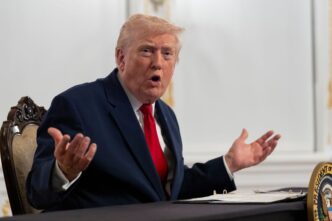President Vladimir Putin has publicly endorsed what he calls a “modernised version” of U.S. President Donald Trump’s earlier peace proposals for Ukraine.
He told his security council that Moscow is ready to adopt the updated American framework as a serious basis for negotiation.
Putin reminded his team that Washington first raised this idea during their talks in Alaska, and claimed Russia had already shown both “flexibility” and “compromise” to meet difficult demands.
He said the U.S. has now returned with a long 28-point document, which he believes can form a solid foundation for an eventual settlement.
Meanwhile, Kyiv has strongly rejected any deal that compromises its core interests.
Ukrainian President Volodymyr Zelensky, who has spent the past 48 hours in high-level calls with NATO, European leaders, and U.S. Vice President JD Vance, warned that Ukraine is in “one of the most difficult moments” of its history.
He flatly refused proposals that might force his country to “betray its own country.”
Simultaneously, Downing Street said Zelensky and UK Prime Minister Sir Keir Starmer, along with other European leaders, held urgent diplomacy talks.
British officials quoted them reaffirming that any peace “must fully involve Ukraine and preserve its sovereignty.”
According to sources, the U.S. document starts by reaffirming Ukraine’s sovereignty.
In addition, it mandates a long-term, comprehensive non-aggression pact involving Europe, Russia, and the United States.

Under the plan, Russia would pledge not to invade its neighbours, while NATO would promise to stop expanding eastward.
In exchange, Ukraine would receive security guarantees but with the stipulation that its military is capped at 600,000 personnel.
The plan would also require Ukraine to amend its constitution, forbidding NATO membership forever.
Moreover, NATO would pledge that Ukraine will never again join, and no NATO troops would be stationed on Ukrainian soil.
Another controversial part involves frozen Russian assets.
About $100 billion, the plan says, would be redirected into a U.S.-led reconstruction fund for Ukraine.
In return, Russia would gradually be readmitted into the global economy, gaining energy and trade ties, on the condition that it also supports a non-aggression pact.
A new joint U.S.– Russia security task force would enforce the terms.
Key nuclear arms-control treaties would be extended, and Ukraine would reaffirm its permanent non-nuclear status.
The Zaporizhzhia Nuclear Power Plant would be reactivated under IAEA supervision, with electricity shared equally.
Humanitarian reforms are also built into the plan. It calls for nationwide education programs promoting tolerance, and the repeal of discriminatory policies in both countries.
A powerful “Board of Peace” chaired by Donald Trump himself would monitor the ceasefire and oversee elections to follow within 100 days.
